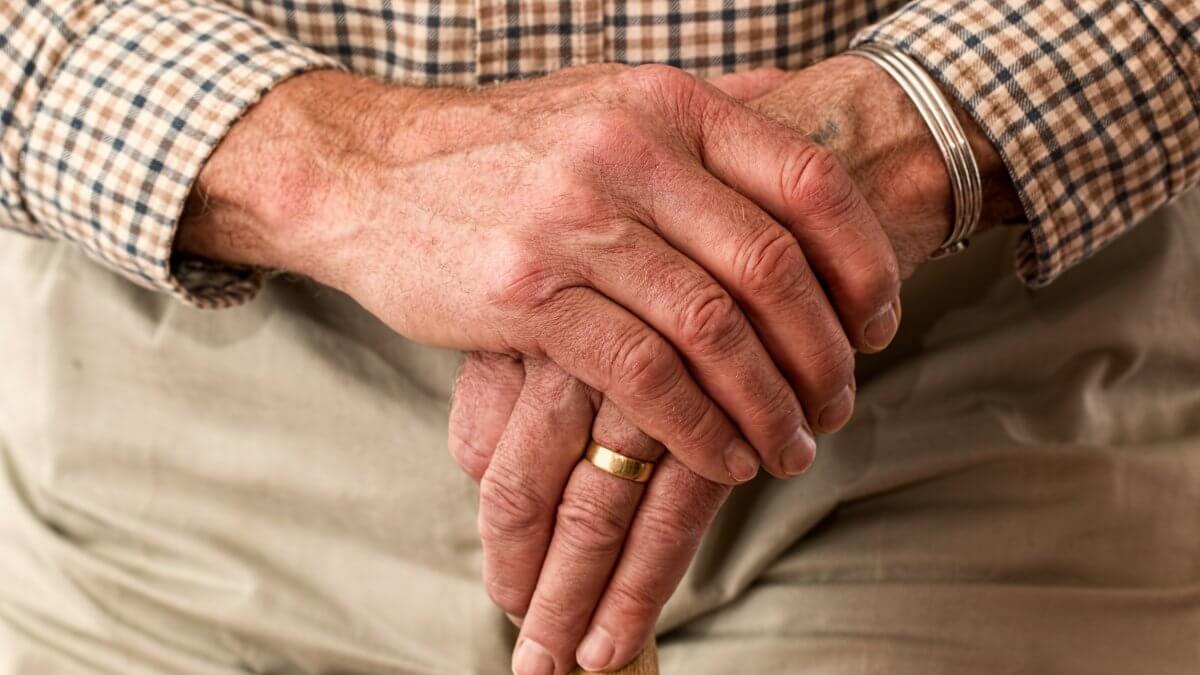
Your parents can stay safe at home with a little "fall-proofing"
Worrying about your aging parents falling at home can keep you up at night, and it’s especially heartbreaking to think of what can happen if they take a fall while they’re alone.
For most seniors, staying in their homes is their number one priority, and with good reason. We recently posted an article addressing the issue of independence and why our aging parents are reluctant to change that sheds a little light on why staying home is so important.
So what can we do to help prevent falls for the elderly at home? Here are a few practical suggestions for reducing the risks in your home:
1. Clear The Way
According to the World Health Organization’s (WHO) most recent report on the epidemiology of falls among the elderly, most falls happen outside the home (56%). The preventable falls that do happen to the elderly while in the home occur most frequently in places you may not expect.
Most of us probably assume falls occur the most frequently in slippery environments like bathrooms and kitchens. Slippery areas definitely pose a hazard (more on this later in the article), but they’re not the most frequent place, nor are stairs (more on this later, too).
Rather, most falls occur in kitchens, bedrooms, and dining rooms. The reasons behind the falls have everything to do with clutter, uneven flooring, loose carpeting, obstructive home furnishings, throw rugs that can slide, or anything else that contributes to unstable surroundings.
Go through your parents’ or parent’s house with them to secure and de-clutter. Assess the environment and move or get rid of things that create a fall hazard. Take notes of any issues that will require fixing or replacing, such as carpeting, flooring, seam-binders, etc., and then get it dealt with ASAP.
Also, don’t forget to secure all cords from things like lamps, TVs, and other electrical devices tightly against the baseboards, the walls, or underneath carpeting. Do whatever works to move those items out of the way to help prevent falls for the elderly at home.
2. Create A Non-Slip Environment
Put down non-slip mats in the areas that are more likely to be slippery like bathtubs, showers, and floors in kitchens and bathrooms.
Bathroom safety accessories like handrails, grab bars, and raised toilet seats, are essential for reducing instability and preventing falls for the eldery when getting in and out of slippery showers and bathtubs, navigating sitting down or getting up from the toilet, or in other areas of the house where they may need something to hold onto, such as hallways or the stairs. Speaking of the stairs…
3. Opt For A Single Story Home If Possible
It may be difficult to get your parents to move out of the family home with the upstairs bedrooms and family room, but you may want to gently urge them to consider moving to a one-story home when they get to an elderly age where preventable falls are common.
If that’s not possible, see if they’ll compromise and move downstairs. If that’s not possible either, be sure to install handrails on both sides of the stairs for extra stability and encourage them to limit their time spent going up and down the stairs.
4. Keep It Well-Lit
Poor lighting can create a hazardous situation, particularly on stairways or heavily furnished rooms. Check the bulbs in lamps and ceiling lights to make sure they provide sufficient light.
Make sure the lamps by the bedside and in hallways are nice and bright, as well. If someone needs to use the bathroom at night, the first light they will most likely reach for is the bedside lamp, followed by hall lights if they’re on the way to the restroom (where you should install a night light as well).
Don’t forget a night light in the kitchen for late-night refrigerator raids!
Extra Resources
For more info on preventing falls for the elderly at home, contact your local health department or Area Agency on Aging (AAA) organization to see what programs for help and education they offer near you. Some offer in-home visits to identify areas of risk, and some even offer home modification programs.
A Final Word
These may seem like common-sense suggestions to prevent falls for the elderly at home, and they are, but they’re simplistic for a reason. The simpler we can make it in reducing falls in their home, the easier it will be to engage the elderly in the process. Many falls in the home are preventable, sometimes all it takes are four simple steps. You may also want to consider providing your loved ones with mobility gear, like canes, walkers, and rollators, that can help them safely move about the home.
